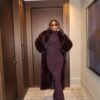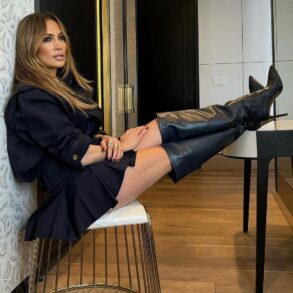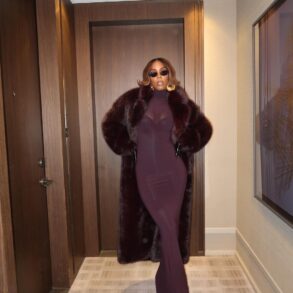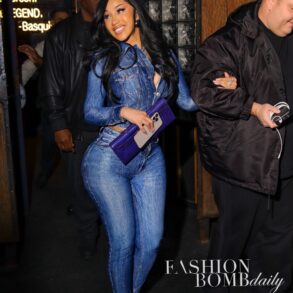Peterson is founder and CEO of Diverseego and lives in Chula Vista.
Hip-hop. A term that to many just means music, but for me, it’s my earliest foundation after church. From the first music I heard to the freshest fashion I saw, hip-hop culture was rooted in me. I emulated it, created my own style, then built businesses from it. It was and still is my entrepreneurial inspiration.
The beautiful thing about hip-hop is that it has been my lifelong how-to handbook. We’ve grown together since the 1984 movie “Beat Street.” One of my earliest visual recollections of hip-hop is the Roxy breaking battle scene, which I must have watched a hundred times. It became an important piece of hip-hop history for those of us who didn’t grow up in New York City. Of course, there were other movies like “Breakin’” and “Wild Style” around that time, but “Beat Street” showed us hip-hop’s four elements: B-boying (or breaking), DJing, graffiti and emceeing. I tried all of them but gravitated to emceeing.
Lucky for me, growing up in Virginia, I was close to New York, where the origins of hip-hop got noticed. My family went on trips to New York. As soon as we hit the city line, I would tune into the radio, armed with a tape recorder just to record mixes by DJs like Kool DJ Red Alert. These tapes were like gold in places like Virginia, because we had nothing like it, mixes filled with unreleased music that no one heard in my area.
That musical artistry then started to make its way across the country, then onto my notepad. It engulfed my everyday life — no dance floor or lunch table was safe. School lunchtime was a battle zone, full of emcees freestyling (a style of improvisational rapping) supported by future DJs who beatboxed (a form of vocal percussion that mimics drums) or banged out beats (imitated drum sounds as background music for rapping) on tables. People gathered around while B-boys got down on the floor. This was hip-hop. Back then, you had to have style, an individual style. You couldn’t sound or look like anyone, so it forced you to be creative. I knew how to draw, so graffiti was incorporated into the cover art of my music and is still present in the work I do today. Having clean graffiti lines is very similar to graphic design in any modern editing program.
But all creativity has an influence, and all artists have influences, whether we admit it or not. My childhood friends and my parents’ wallets remember the various iterations of Shamroc’s clothing, hair and music choices inspired by hip-hop. That’s the beauty of it, it’s infectious.
Various influences have been with me my entire life, from my formative years in Virginia to moving to California to go to college. Whether it was early New York rapper KRS-One’s vocal clarity and cultural awareness. Legendary rap group De La Soul’s example of a rooted friendship, growing into a strong team. Hip-hop collective Wu-Tang Clan’s branding and marketing strategies. Famed music producers J-Dilla and Pharrell’s timeless classics and often-imitated beats. Christian hip-hop artist Sho Baraka’s spiritual growth. Longtime rapper and actor LL Cool J’s healthy lifestyle. Or original hip-hop mogul Russell Simmons’ and current hip-hop mogul Jay-Z’s innovation and business sense. Each influenced my career and entrepreneurial journey with hip-hop’s four elements being at the foundation.
They sparked businesses like my clothing line 4plan (University of Hip-Hop), my record label Oh Sham Recordings, my brand Abstract Jedis and my event Elemental/E=mc2, just to name a few. Hip-hop is even more present now in my professional career as a travel TV host, founder and CEO of the streaming network Diverseego. As a TV host, I’ve incorporated hip-hop uniqueness, originality and professional journalistic swagger in everything I do. Sometimes before I get on camera I recite the chorus to Gang Starr’s song “Mostly Tha Voice,” so my delivery is on point.
Watching entertainer Jay-Z go from a musician to a billionaire is encouraging as an entrepreneur. At Diverseego, the first travel streaming TV network for Blacks and Latinos, I wanted to build a unique business. Like how hip-hop born in New York gave a voice to the lived experience of Blacks and Latinos, Diverseego inspires Blacks and Latinos to travel the U.S. with relatable TV shows produced by people who look like them who typically lack access and support in travel media. My goal is to build a travel community that fills the void for diverse travelers and producers. Hip-hop gave me the blueprint and its impact continues to inspire my life.








